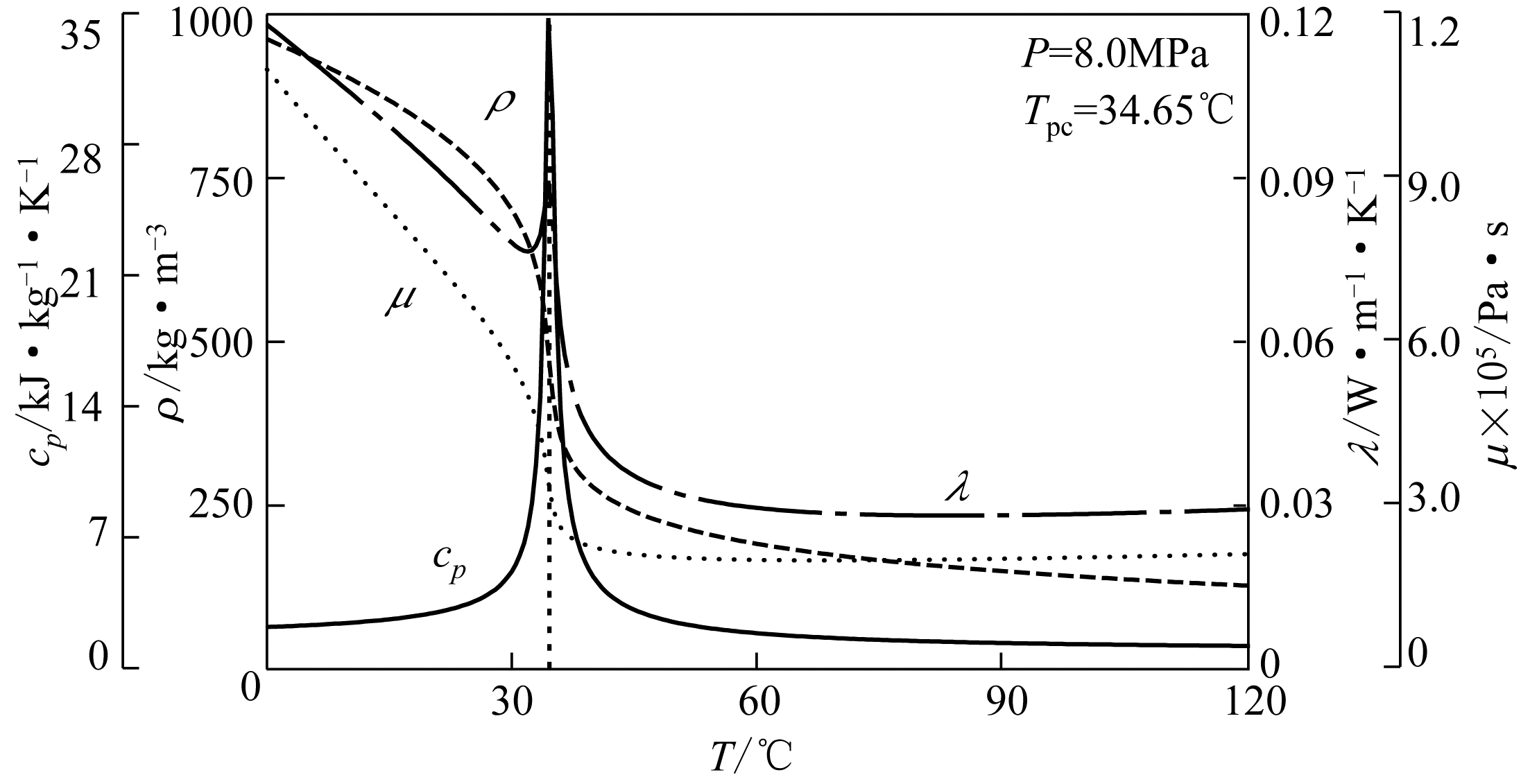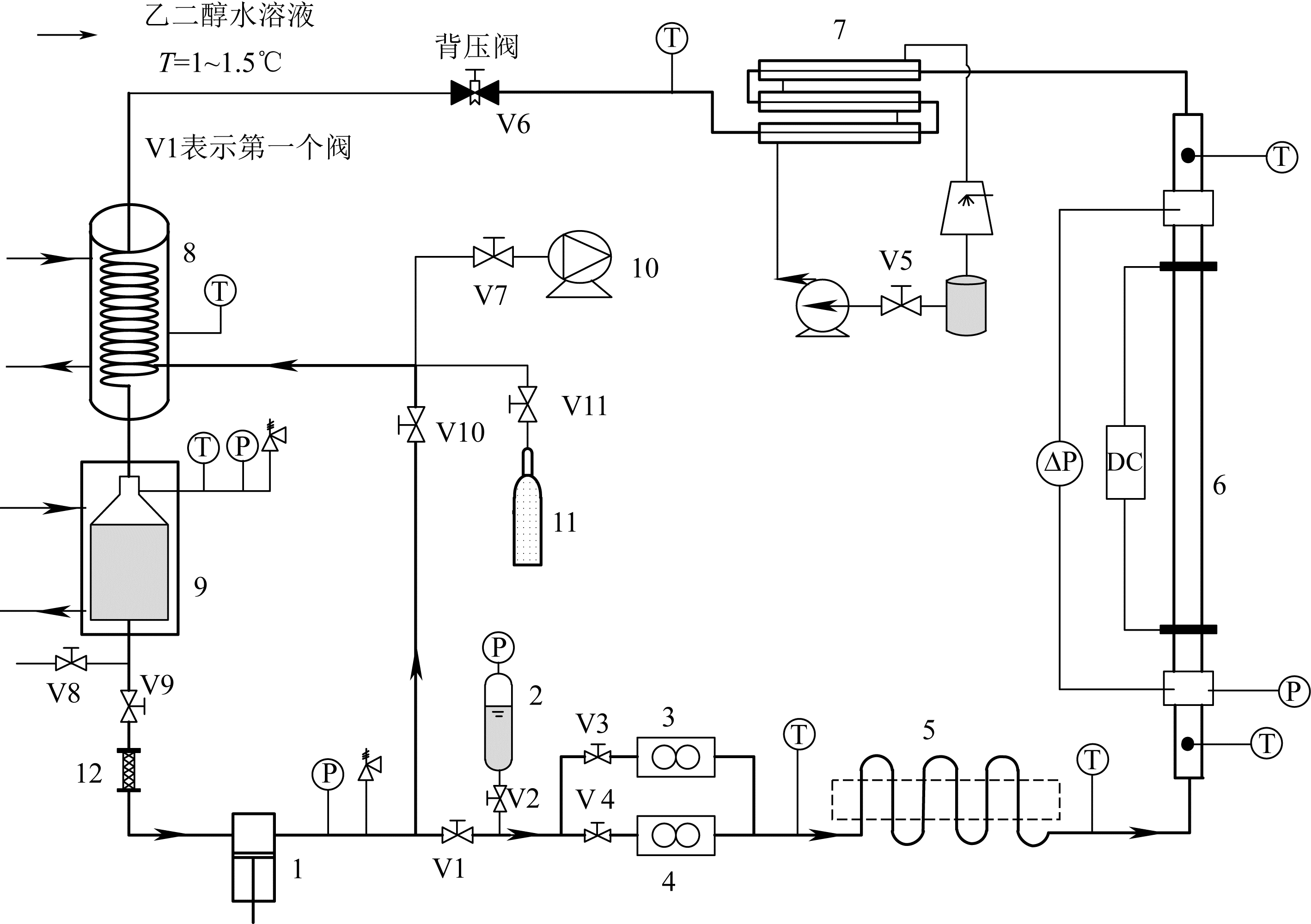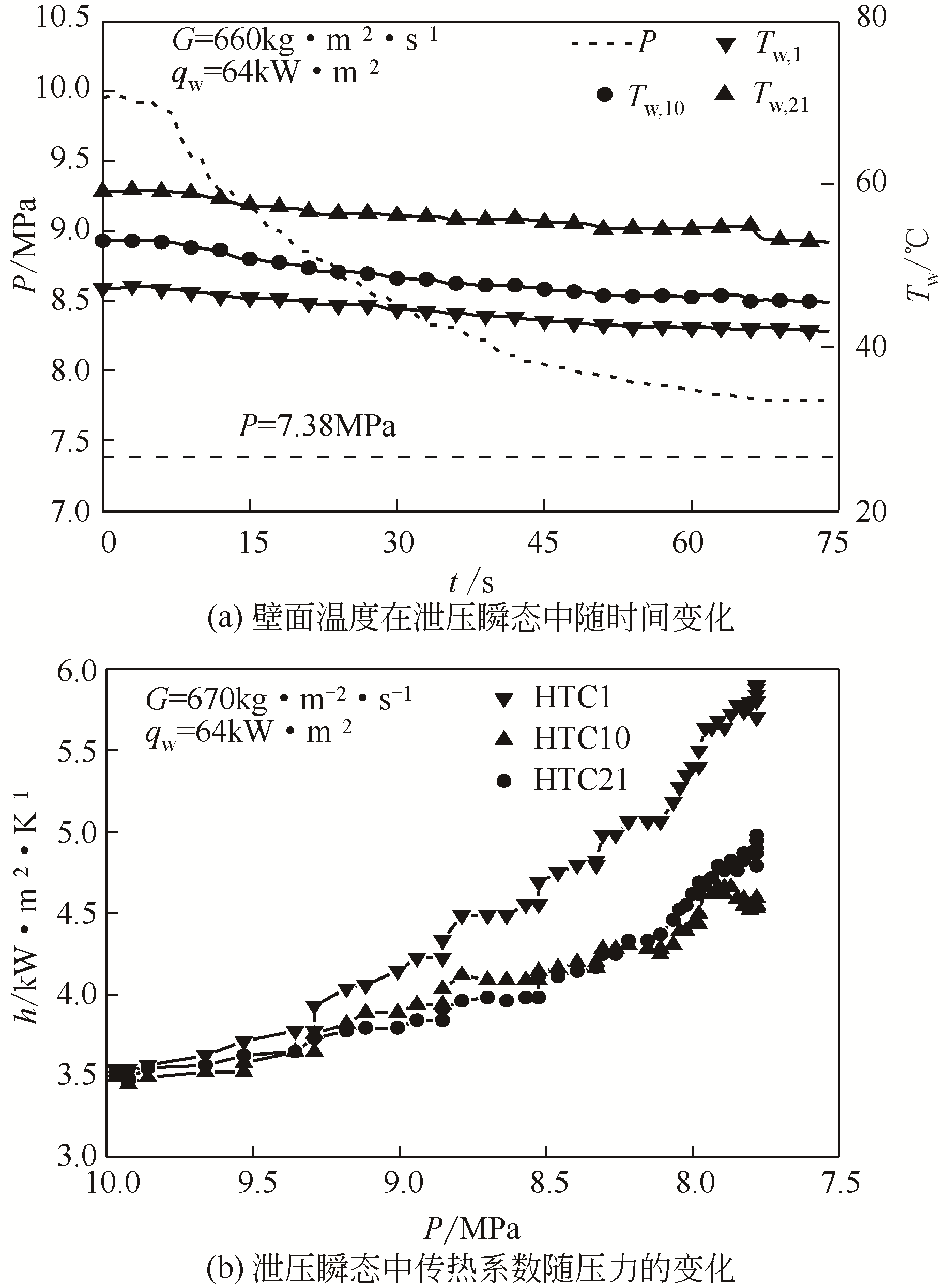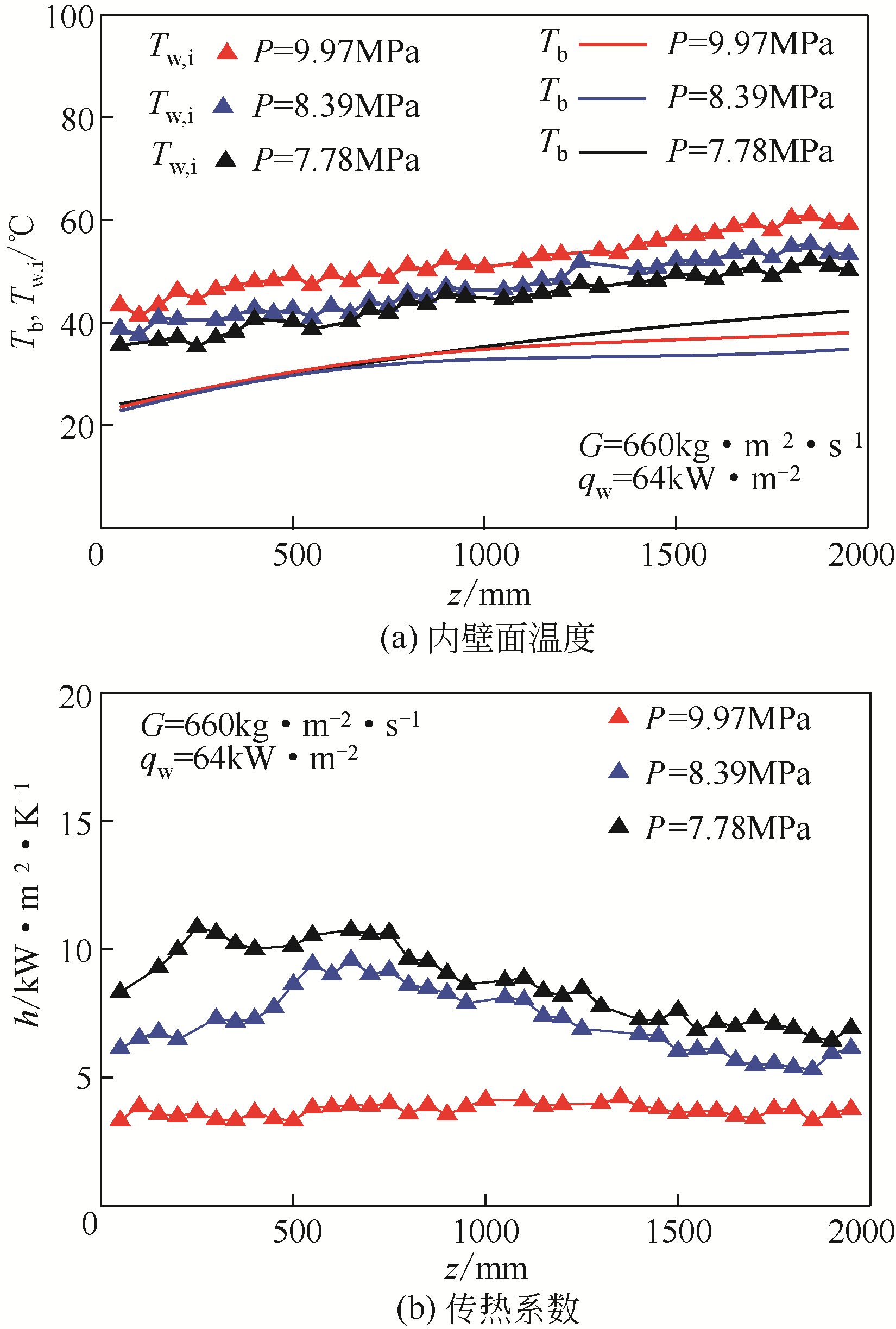| 1 |
MOULLEC Y L . Conceptual study of a high efficiency coal-fired power plant with CO2 capture using a supercritical CO2 Brayton Cycle[J]. Energy, 2013, 49: 32-46.
|
| 2 |
SARKR J , BHATTACHARYYA S . Optimization of recompression S-CO2 power cycle with reheating[J]. Energy Convers. Manage., 2009, 50: 1939-1945.
|
| 3 |
XU J L , SUN E H , LI M J , et al . Key issues and solution strategies for supercritical carbon dioxide coal fired power plant[J]. Energy, 2018, 157: 227-246.
|
| 4 |
SUN E H , XU J L , LI M J , et al . Connected-top-bottom-cycle to cascade utilize flue gas heat for supercritical carbon dioxide coal fired power plant[J]. Energy Convers. Manage., 2018, 172: 138-154.
|
| 5 |
HAGI H , NEVENX T , MOULLEC Y L . Efficiency evaluation procedure of coal-fired power plants with CO2 capture, cogeneration and hybridization[J]. Energy, 2015, 91: 306-323.
|
| 6 |
XU J L , YANG C Y , ZHANG W , et al . Turbulent convective heat transfer of CO2 in a helical tube at near-critical pressure[J]. Int. J. Heat Mass Transfer, 2015, 80: 748-758.
|
| 7 |
BAE Y Y . Forced and mixed convection heat transfer to supercritical CO2 vertically flowing in a uniformly-heated circular tube[J]. Exp. Therm. Fluid Sci., 2010, 34: 1295-1308.
|
| 8 |
KIM D E , KIM M H . Experimental investigation of heat transfer in vertical upward and downward supercritical CO2 flow in a circular tube[J]. Int. J. Heat Fluid Flow, 2011, 32: 176-191.
|
| 9 |
JIANG P X , LIU B , ZHAO C R , et al . Convection heat transfer of supercritical pressure carbon dioxide in a vertical micro tube from transition to turbulent flow regime[J]. Int. J. Heat Mass Transfer, 2013, 56: 741-749.
|
| 10 |
LIU S H , HUANG Y P , LIU G X , et al . Improvement of buoyancy and acceleration parameters for forced and mixed convective heat transfer to supercritical fluids flowing in vertical tubes[J]. Int. J. Heat Mass Transfer, 2017, 106: 1144-1156.
|
| 11 |
LIU G X , HUANG Y P , WANG J F , et al . Effect of buoyancy and flow acceleration on heat transfer of supercritical CO2 in natural circulation loop[J]. Int. J. Heat Mass Transfer, 2015, 91: 640-646.
|
| 12 |
XU R N , LUO F , JIANG P X . Buoyancy effects on turbulent heat transfer of supercritical CO2 in a vertical mini-tube based on continuous wall temperature measurements[J]. Int. J. Heat Mass Transfer, 2017, 110: 576-586.
|
| 13 |
JACKSON J D . Fluid flow and convective heat transfer to fluids at supercritical pressure[J]. Nucl. Eng. Des., 2013, 264: 24-40.
|
| 14 |
王珂, 谢金, 刘遵超, 等 . 超临界二氧化碳在微细管内的换热特性[J]. 化工学报, 2014, 65(s1): 323-327.
|
|
WAGN K , XIE J , LIU Z C , et al . Heat transfer characteristics of supercritical carbon dioxide in a micro-capillary tube[J]. CIESC Journal, 2014, 65(s1): 323-327.
|
| 15 |
刘生晖, 黄彦平, 刘光旭, 等 . 竖直圆管内超临界二氧化碳强迫对流传热实验研究[J]. 核动力工程, 2017, 38(1): 1-5.
|
|
LIU S H , HUANG Y P , LIU G X , et al . Investigation of correlation for forced convective heat transfer to supercritical carbon dioxide flowing in a vertical tube[J]. Nuclear Power Engineering, 2017, 38(1): 1-5.
|
| 16 |
KANG K H , CHANG S H . Experimental study on the heat transfer characteristics during the pressure transients under supercritical pressures[J]. Int. J. Heat Mass Transfer, 2009, 52: 4946-4955.
|
| 17 |
张思宇 . 超临界流体流动传热试验和模化研究[D]. 上海: 上海交通大学, 2015.
|
|
ZHANG S Y . Experimental and fluid scaling studies on the convective heat transfer of supercritical fluid[D]. Shanghai: Shanghai Jiao Tong University, 2015.
|
| 18 |
ZHU B G , XU J L , WU X M , et al . Supercritical “boiling” number, a new parameter to distinguish two regimes of carbon dioxide heat transfer in tubes[J]. Int. J. Therm. Sci., 2019, 136: 254-266.
|
 ),Xinming WU,Liang ZHANG,Jinliang XU(
),Xinming WU,Liang ZHANG,Jinliang XU( ),Huan LIU
),Huan LIU








